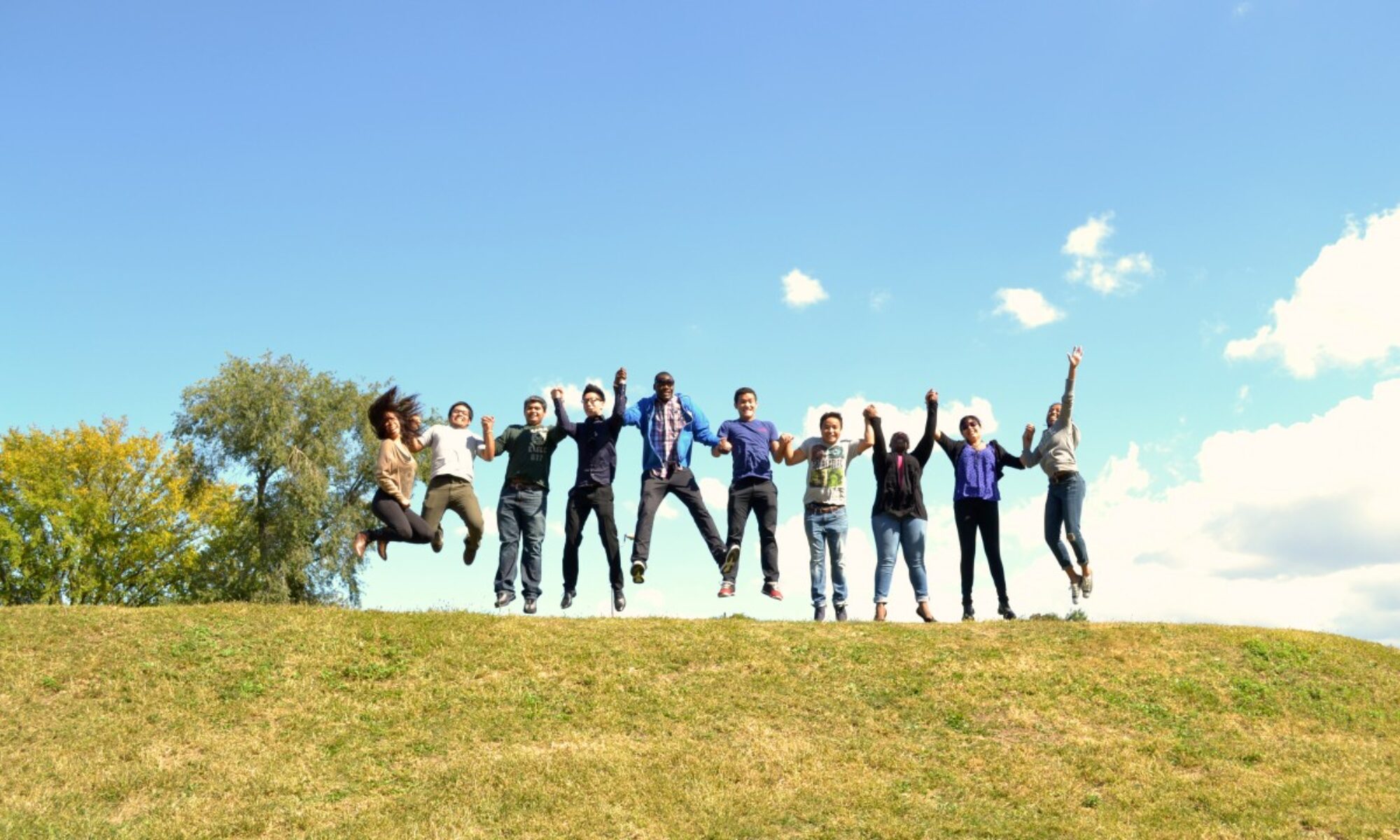My name is Joan Beatrice Ladaban from the Computer System Department and I would like to present to you my research about Machine Learning Application in Physical Computing. My research gives a glimpse of what artificial intelligence can do and how to control it. On this phase of the project I connected the bluetooth module from the robot car to the dualshock ps4 controller. The car is being controlled with the controller but at the same time it detects objects around it as well. The importance of this research is that it focuses not just on both software and hardware.
This project aims to utilize Machine Learning technology to enable real time translation of American Sign Language into written English text. Translating American Sign Language into written or spoken English may help some people communicate, especially if it can be done in real time. We plan on completing this by using Deep Learning technology running on the cloud. This is made possible through Amazon Web Services (AWS), which will supply the platform and computing resources needed to train and run the Machine Learning model through a service called SageMaker
My research topic is about Face Detection with Deep Learning. With the unfortunate situations of the Corona Virus technology has become much more important. In this project my focus was to detect a face in an image or video using OpenCV. Since we must take health pre-caution face detection is one method that has been used to know who has the virus or not. I remember going to an office and one of the methods that they had to figure out whether you are okay to go in the office was face detection. They had a screen by the door that was able to tell your temperature and if you are okay to go in the office. This tool is just like a computer that will analyze whether it detects a face in the video. When your face is detected you will see a green circle on your face just like the output of my research. And it is amazing to see what technology can do for us now today.
Hello, my name is Luc Telemaque. Given that we are in a house, how would we find our position using our distance from all the other rooms? The rooms in the house can be visualized as a graph, where the rooms are vertices and the doorways/paths are edges. Given that our distances from a chosen set of rooms are unique at every location, we can use these “location
numbers”, to determine our position in the house. The minimum amount of rooms we need to achieve this unique location number is called the metric dimension, and the strong metric dimension can be used to differentiate between different houses.
PEGDA is a bio-degradable and bio-compatible material that is commonly used in Tissue Engineering field. In this research, degradation rate of PEGDA will be investigated by dissolving the PEGDA within the water and ethyl alcohol. And results will be compared to decide the degradation speed of engineered scaffolds.
The COVID-19 pandemic shows the danger of misinformation and the need for facts. But only 12% of New Yorkers are health literate,according to the National Assessment of Adult Literacy. To improve understanding, pictures and interactive features are needed, not just words! This research investigates digital health literacies with a focus on how text and images working together. To learn more about multimedia health literacy, we look at institutions that have been using a combination of words and images to explain science for over a century: science museums. What can they teach us about multimedia communication?
Much is known about cleaning and caring for teeth. But what do we know about the subject when it applies to dental restorations? Do the rules that apply to natural dentition also apply to the last ones? The answer is no. As a student of the Restorative Dentistry and the Dental Hygiene programs,I considered it important to combined both fields in order to obtain a better understanding of the care and maintenance of dental restorations. The findings of the research reflect that in many cases, the restorative materials are not properly identified by the clinicians leading to possible damage during their performance in oral hygiene routine procedures and prevention treatments. Therefore, it is important to accurately differentiate the restorative dental materials to avoid their damage. An understanding of these factors will assist the clinician in making appropriate clinical decisions and the selection of the correct treatment protocols that will contribute to the esthetics and longevity of the restoration and the health of surrounding oral tissues. Clinicians must be able to recognize that different types of tooth structures and restorative surfaces have to be treated differently. It is also the clinician’s responsibility to teach the patient how to properly care for the surfaces with home care devices and how to prevent the staining habits that diminish their appearance.
In tissue engineering, design and fabrication of precisely and spatially patterned, highly porous scaffolds/matrixes are required to guide overall shape of tissue growth and replacement. This study aims to overcome design and fabrication limitations. In this work, scaffolds are fabricated within built micro level fluidic channels. These channels serve as material delivery paths to provide oxygen and nutrients for the cells. Scaffolds with inbuilt hollow channels are fabricated with “photolithography” in layer by layer fashion to control the internal architecture. This research shows that, photolithography can be used to fabricate the scaffolds with the inbuilt 700μm channel sizes.












